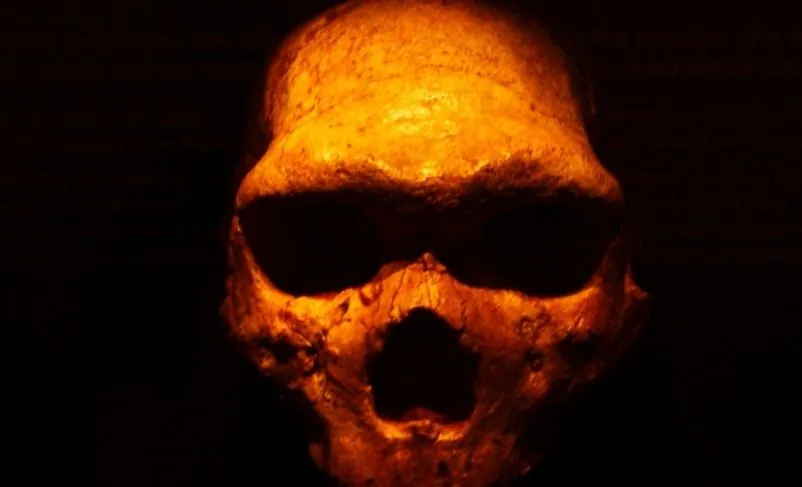"People with a big head": discovered a new type of ancient man
Kyiv • UNN
In East Asia, a new species of ancient man Juluren has been discovered with a brain larger than that of modern Homo sapiens. The fossils found in China have unique characteristics that distinguish them from other known hominids.

Вчені виявили новий вид стародавньої людини, якого мозок був більшим, ніж у сучасних людей, пише УНН з посиланням на наука попередження.
Details
The journal Nature has published a "provocative" article about a whole new group of ancient humans - Cousins Denisovans and Neanderthals who once lived near Homo sapiens in East Asia more than 100,000 years ago.
We are talking about the fact that it is likely that the brains of people who once hunted horses were larger than, for example, our species.
Paleoanthropologist Xujie Wu of the Chinese Academy of Sciences (CAS) and anthropologist Christopher Bae of the University of Hawaii named this new group Juluren, which means "people with a big head.

Previously, some scientists attributed the Homo juluensis fossils to Denisovans, who are a group of ancient people related to Neanderthals who once lived alongside modern humans and even mated with them in parts of Asia.
However, scientists took a closer look at the fossils found in China and said that the features of some of them cannot simply be attributed to the species of modern humans, Neanderthals, Denisovans or Homo erectus, hominids.
Taken together, these fossils represent a new form of hominin with a large brain
Over the past two decades, the human family tree has changed a lot and it is quite difficult to distinguish and name all its branches, due to the fact that every few years new ones appear that are intertwined with other branches of life.
For example, in 2003, scientists discovered Homo floresiensis, the smallest known human species that lived at least 100,000 years ago on an island in Indonesia.
In 2007, archaeologists discovered Homo luzonensis, a completely new hominid species 67,000 years ago, in the Philippines.
In 2018, paleoanthropologists obtained a fossil from northeastern China that turned out to be an extinct archaic human species, possibly related to Denisovans.
Only in 2021, scientists officially designated the species Homo longi.Various fossils belonging to H. juluensis, have classic Neanderthal tooth characteristics. But some traits are not seen in other known hominids, including Denisovans.
In 2023, for example, scientists found a hominin fossil in China that was unlike any other known human fossil. Xiujie Wu and Christopher Bae say this is a good example of "the complexity of human evolutionary records.
In any case, the East Asian Chronicles encourage us to recognize how complex human evolution is more generally, and indeed force us to reconsider and rethink our interpretations of various evolutionary models
recall
A treasure trove of almost 3,000 third-century Roman coins AD has been discovered in Germany outside the borders of the Empire. The discovery was made in the Westerwald mountains, far from the famous settlements of that time, which raises questions among scientists.